Taking the first step of education is always overwhelming, especially for the parents. Even learning the alphabet is hard. And when it comes to mathematics, it’s harder than one thinks.
But, hey, dear readers, if one knows how to teach math using an Abacus, you are already halfway to completing your mission mathematics. A parent often ponders: what is the next step after learning the numbers? How to explain addition and subtraction to a 4-year-old? Well, here’s your answer—the ancient Abacus.
- 1. What is an Abacus?
- What can you teach on an Abacus Counting Frame?
- Conclusion
- FAQs
- 1. What is the abacus, and how does it work?
- 2. Why should I teach my child the abacus?
- 3. What are some effective techniques for teaching the abacus?
- 4. What age is appropriate to start teaching the abacus?
- 5. How long does it take to become proficient in using the abacus?
- 6. Are there any online resources or courses for learning abacus techniques?
- 7. Can abacus training help improve my child's math skills in school?
- 8. What are some common challenges faced when teaching the abacus?
- 9. How can I support my child in their abacus learning journey?
- 10. What are the long-term benefits of learning the abacus?
1. What is an Abacus?
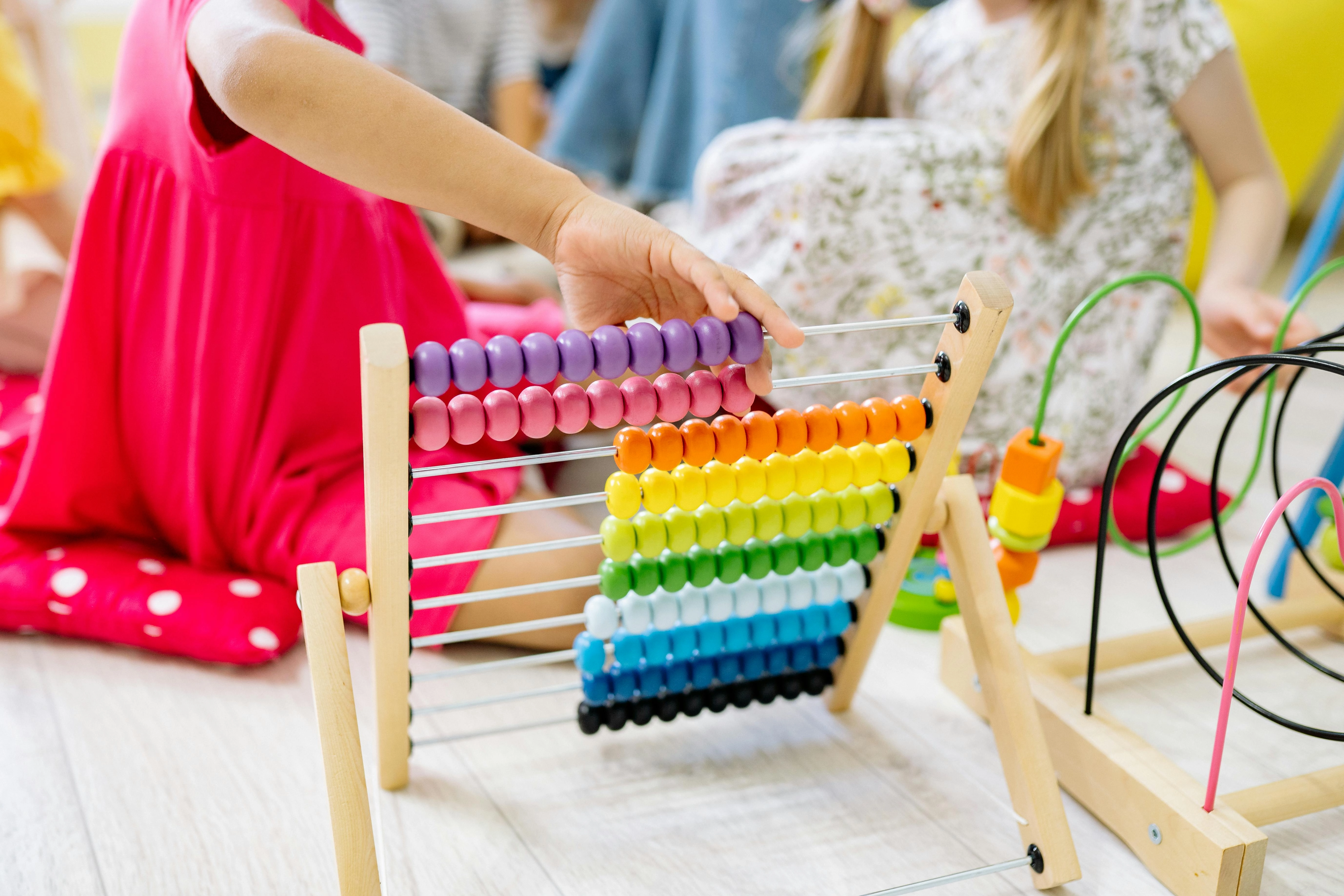
1. Why should you use an Abacus?

Using an Abacus counting frame has multiple benefits:
Helps to understand better
Many children are taught to memorize multiplication tables at an early age, which often makes math confusing and difficult. With the Abacus, however, kids don’t just memorize they understand the logic behind calculations, making math easier and more enjoyable.

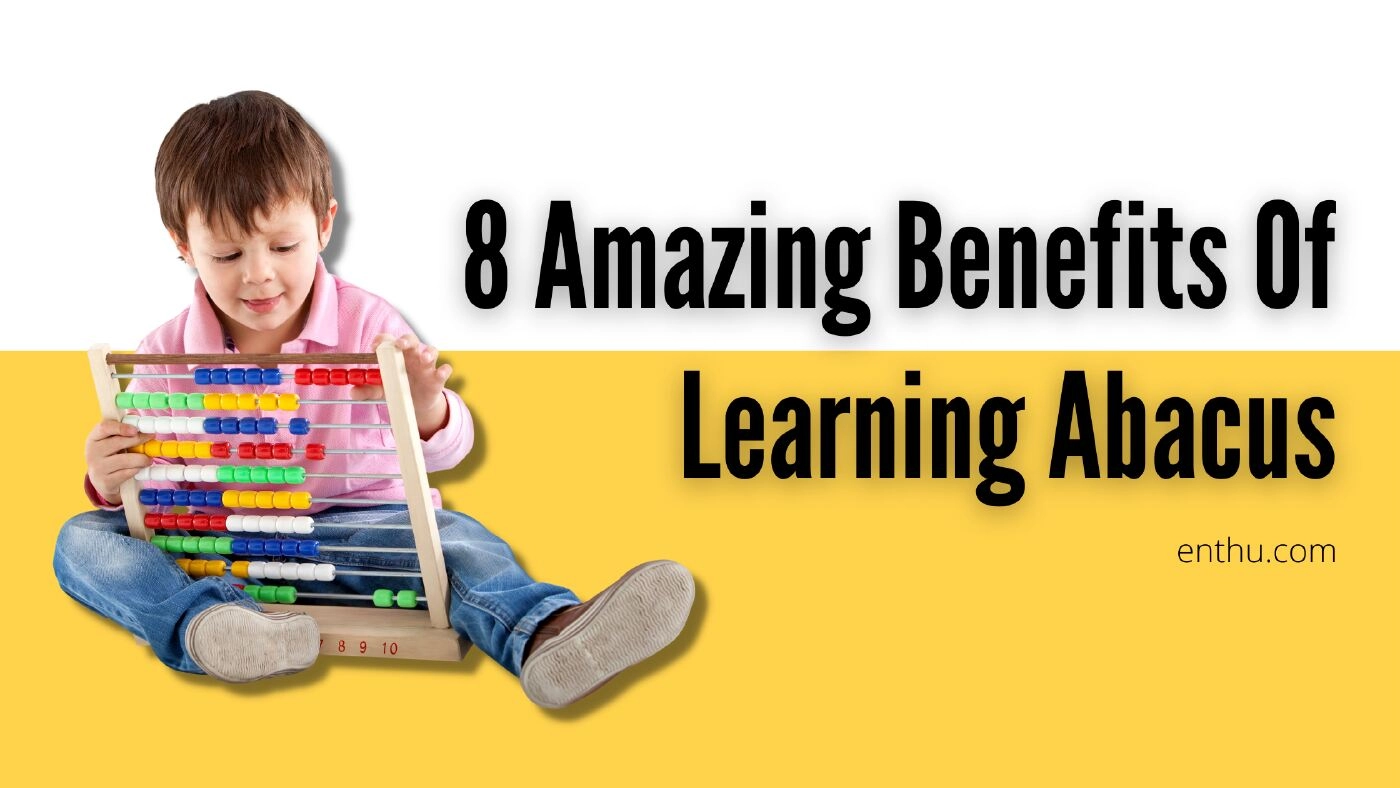
Makes mathematics fun
A counting frame provides the children to learn calculation by solving it practically using the beads. Therefore, the process of solving problems becomes more fun for them.
Teaches to calculate mentally
Using an Abacus at an early stage helps the little ones to create a mental picture of calculations. Afterwards, as they grow up, it becomes easier for them to calculate mentally.
4. Boosts confidence
As arithmetic has always been one of the toughest subjects at schools, most kids end up losing interest when they find it difficult. However, students who use Abacus in their primary classes feel more confident in mathematics than other kids.
It helps children with Dyslexia
As many dyslexic children respond to the learning process through touching, an Abacus can be a good tool while introducing them to mathematical calculations.
2. A few Common Abacus Calculation Methods
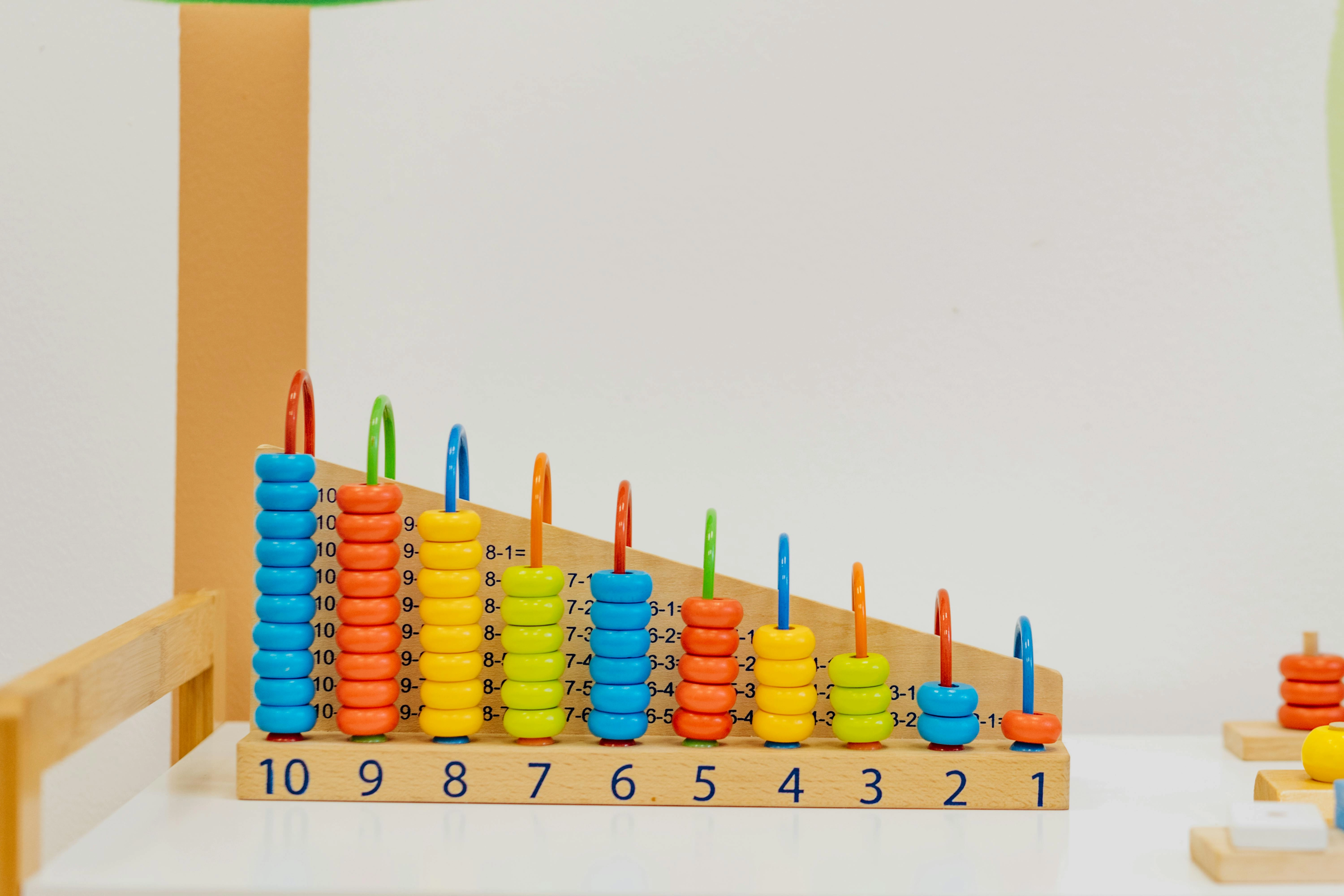
The 10 Method
This is mostly used for teaching addition and subtraction. Let’s look at an example. Let’s say you want to add 9 + 4. So, first, arrange 4 and 9 beads on the first two rows of the counting frame. Then, take a bead from the 4 beads row to the 9 beads row. Now, what happens? The 9 beads become a full 10, and the 4 becomes a 3. This is how you can teach your child 9 + 4 = 10 + 3 = 13.
The Two 5s Method
To understand this method, try adding 7+8. Begin by arranging 7 and 8 beads on the first two rows. Once you have that, separate the first 5 beads of each row, which makes it two 5 and becomes a complete 10. Now, the remaining beads add up to 5, giving a sum of 15.
What can you teach on an Abacus Counting Frame?
1. Multiplication
I think an Abacus is the easiest way to teach multiplication. Ask your child to arrange 3 beads on 4 different rows and then ask them to count. In this process, they will have a mental picture of how 4 times 3 makes a 12.
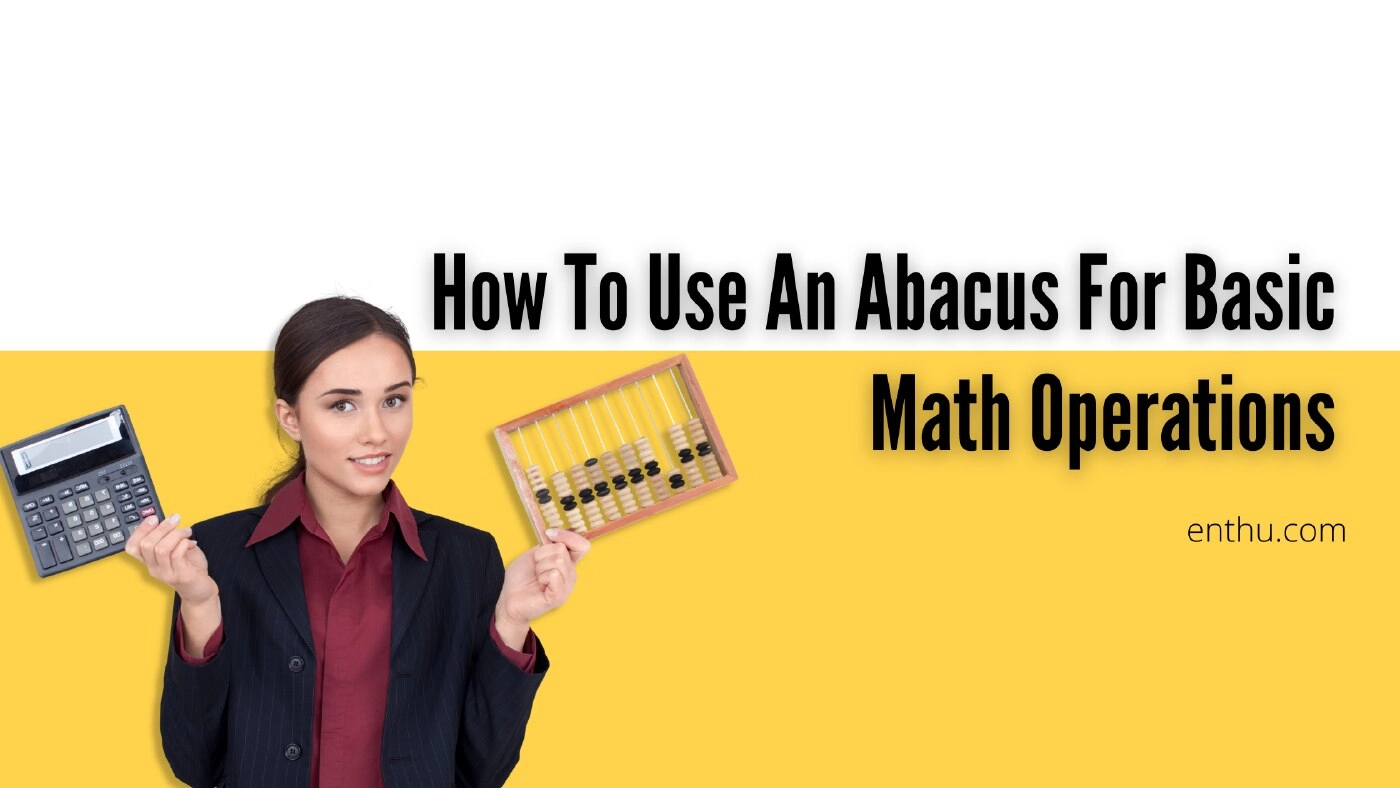
2. You can teach places values
Teaching place values can be one of the most difficult levels in beginner’s mathematics. I suggest you try the Abacus counting frame. For example, you can put 1 bead in 10 rows and explain how 10 ones become 1 ten. Also, ask them to arrange 10 beads in 10 rows and show how 10 tens become 1 hundred.
3. Teach them to add bigger numbers
Let’s try to add 89+69. On the first row, arrange 9 beads, and the second row keep 8 beads. Begin with first and add5 beads to the 9, which makes it a total of 14 beads. Let’s keep the digit 4 in hand and move on 1 to 8, making it 9 beads. Next, add 9+6, making it to 15 beads. Therefore, the result we get is 154.


Conclusion
Mastering the abacus can unlock essential math skills for both children and adults. By employing effective teaching techniques and maintaining a consistent practice regimen, learners can vastly improve their arithmetic abilities, leading to greater confidence and success in mathematics. Whether through courses, books, or online resources, the journey to becoming proficient with the abacus is accessible to everyone.
FAQs
1. What is the abacus, and how does it work?
The abacus is a counting tool that consists of a frame with rods or wires, each containing beads that represent different values. It helps users perform arithmetic operations such as addition, subtraction, multiplication, and division by moving the beads along the rods to signify calculations visually.
2. Why should I teach my child the abacus?
Teaching your child the abacus enhances their mathematical understanding by developing their mental calculation skills, improving memory, and boosting overall cognitive function. It provides a hands-on approach to learning math concepts, making them more tangible and easier to grasp.
3. What are some effective techniques for teaching the abacus?
Some effective techniques include:
Starting with basics: Familiarize learners with the abacus structure and basic bead manipulation.
Using visual aids: Incorporate diagrams, color-coded beads, and physical models to reinforce learning.
Encouraging mental calculations: Gradually transition from using the physical abacus to visualizing calculations in their mind.
Incorporating games and exercises: Make learning fun through engaging activities that reinforce concepts.
4. What age is appropriate to start teaching the abacus?
Children as young as 4 years old can start learning the abacus. At this age, they can begin to understand basic counting and number recognition, which builds the foundation for more complex math skills later on.
5. How long does it take to become proficient in using the abacus?
Proficiency varies by individual; however, with regular practice and guidance, most children can gain a good level of comfort with the abacus within 6 to 12 months. Continuous exposure and practice will further enhance their skills.
6. Are there any online resources or courses for learning abacus techniques?
Yes, there are numerous online platforms that offer structured abacus courses, video tutorials, and interactive exercises. Websites, e-learning platforms, and apps dedicated to abacus learning allow for flexible and comprehensive learning experiences.
7. Can abacus training help improve my child's math skills in school?
Absolutely! Abacus training can significantly enhance mental arithmetic abilities, which often translates to better performance in school math. It encourages kids to think critically and solve problems more efficiently, laying a strong foundation for future math-related subjects.
8. What are some common challenges faced when teaching the abacus?
Common challenges include:
Difficulty in grasping concepts: Some children may struggle initially with understanding the bead manipulation.
Lack of interest: Keeping children engaged may require creativity and varied teaching methods.
Pacing issues: Each child learns at their own pace, so it’s important to adapt teaching styles accordingly.
9. How can I support my child in their abacus learning journey?
You can support your child by providing regular practice opportunities, showing enthusiasm for their progress, and integrating abacus-related activities into everyday life. Additionally, consider joining a local abacus club or class to encourage social interaction with peers learning the same skills.
10. What are the long-term benefits of learning the abacus?
The long-term benefits of learning the abacus include improved mental math skills, enhanced problem-solving abilities, and increased confidence in tackling complex math problems. Moreover, skills acquired through abacus training can positively impact overall academic performance and develop critical thinking skills.


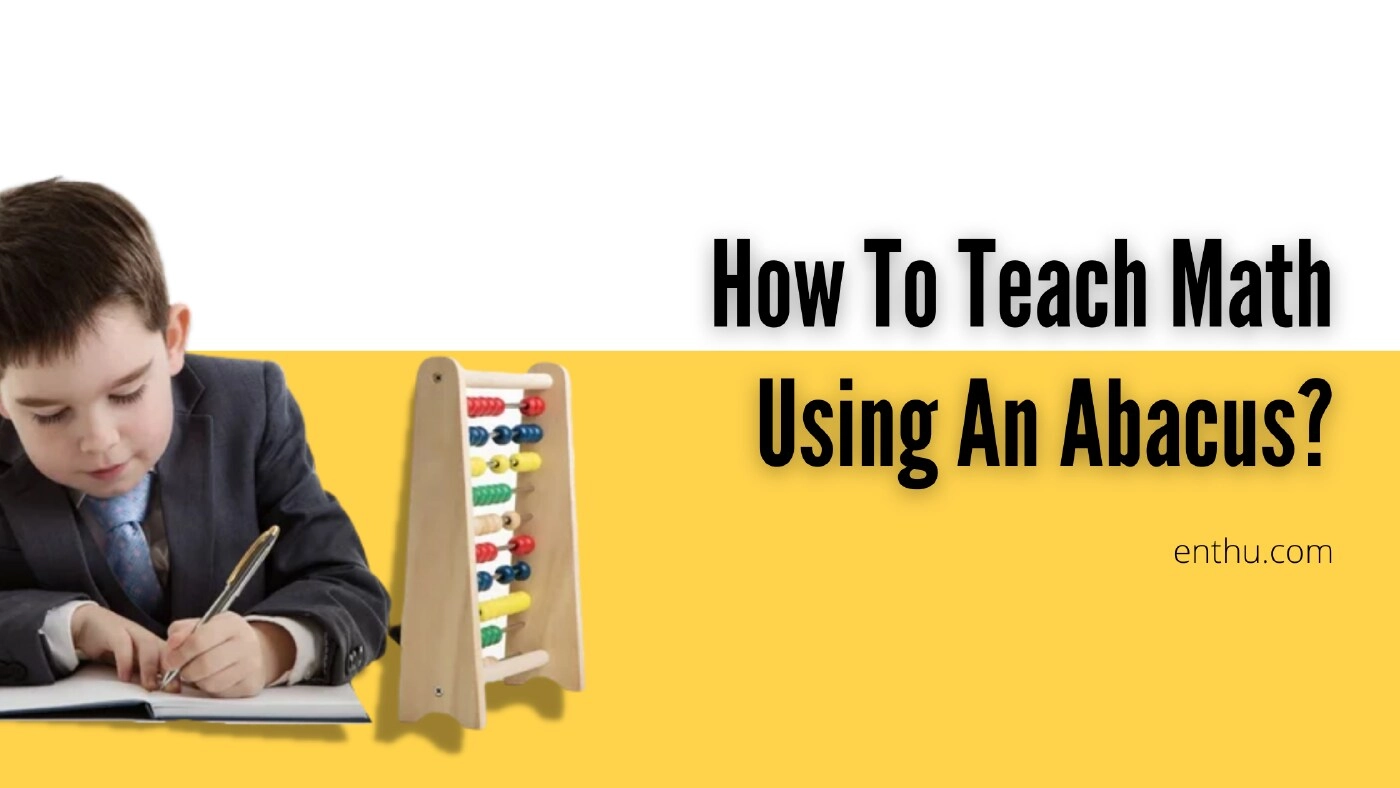



Comments